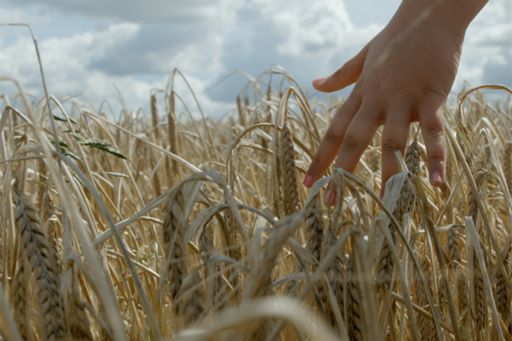New European regulations require companies to integrate non-financial information into their annual reports, shifting the focus toward sustainability. As of this year, 鈥榠ntegrated鈥� reporting becomes the new norm. Julien Thiry from 乐鱼(Leyu)体育官网 and Jo Wuytack from Degroof Petercam explore what this means for the financial sector.
The introduction of the Corporate Sustainability Reporting Directive (CSRD) is a game changer for how companies communicate about sustainability, much like standardized accounting frameworks once did for financial reporting. Transposed into Belgian law in December 2024, this EU directive compels organizations to be more transparent about their environmental and social impact. The CSRD applies across industries, requiring all eligible companies to comply, regardless of their sector. 鈥淭hat doesn鈥檛 mean every company will report on the same issues,鈥� says Julien Thiry, Director at 乐鱼(Leyu)体育官网.
"For banks, climate is naturally a key focus, given Europe鈥檚 ambitions in this area and the pivotal role banks can play in the transition," Thiry explains. "Banks see their biggest climate impact within their value chain, as they have the ability to redirect financial flows toward climate-friendly initiatives. In recent years, we鈥檝e seen major developments in 鈥榗limate finance,鈥� with banks increasingly integrating climate considerations into both their investments and the financial products they offer clients. However, in its current form, the CSRD provides only limited guidance on how to report value chain activities, and the measurement standards outlined in the legislation aren鈥檛 necessarily tailored to the financial sector. This has posed challenges for banks in preparing their reports and may lead to variation in the type of information disclosed."
Thiry emphasizes that sustainability extends beyond just climate concerns. Banks have a major role to play on the social front as well. 鈥淕iven their vast workforce and customer base, poor governance, lack of inclusivity, or data security failures can have serious consequences. Fortunately, Belgium as a whole - and the financial sector in particular - has already made significant progress in these areas.鈥�
CSRD at Degroof Petercam
Belgian investment house Degroof Petercam also falls under the scope of the CSRD. 鈥淥f course, we already have an ESG clause in our policy to meet our clients' ESG requirements, but the CSRD takes things a step further,鈥� says Jo Wuytack, Group Sustainability Manager at Degroof Petercam.
"Gathering data across the value chain, such as calculating climate impact, is a long-term effort," Wuytack notes. "Climate risks are a reality and the CSRD helps us to map them out. By being more transparent about the impact of investments, we can better guide our clients. Some clients still aren鈥檛 fully aware of sustainability, but sooner or later, they鈥檒l face it - either in their business or personal lives. The CSRD strengthens our credibility and provides the data needed to engage in these crucial conversations with our clients."
The first report provides a foundation
Degroof Petercam is putting the finishing touches on its first CSRD report, a 150-page document. 鈥淲e鈥檙e still learning how to map out certain topics,鈥� says Wuytack. 鈥淲ith additional data, the second report will improve upon the first. It鈥檚 a continuous process of learning.鈥�
Wuytack first encountered the CSRD in early 2023 and immediately decided to take a closer look. 鈥淥ur management quickly understood the importance of this regulation. The hardest part was getting started, as we couldn鈥檛 tackle it alone. Through a tender process, we partnered with 乐鱼(Leyu)体育官网. Soon after, we became the first Belgian bank to successfully conduct a double materiality analysis. The fact that Degroof Petercam had already been focused on sustainability for some time undoubtedly helped, as we had a solid foundation in place, with sustainability already integrated into various processes, policies, and our overall strategy."
Thiry also emphasizes that the first report primarily serves as a foundation for further refinement. 鈥淏y 2025, companies will certainly learn from this initial report and adjust their processes to shift from a project mode to 鈥榖usiness as usual鈥�. This will allow for the automation of various processes and the use of technology to simplify reporting. Of course, changes are expected in the coming years, particularly considering the new 鈥楨U Omnibus Package鈥�, which will simplify the reporting requirements (expected to reduce both the size of these reports and the associated workload from 2026 onwards). Regardless of the outcome of future regulatory developments, in my opinion, the CSRD has already achieved a crucial goal that goes beyond just reporting or compliance: it has placed sustainability at the forefront. In addition to the compliance burden and challenges of generating this report, it can be seen as a strategic tool to drive businesses toward greater sustainability.鈥�
This article was created in collaboration with and .
Explore
Connect with us
- Find office locations kpmg.findOfficeLocations
- kpmg.emailUs
- Social media @ 乐鱼(Leyu)体育官网 kpmg.socialMedia





